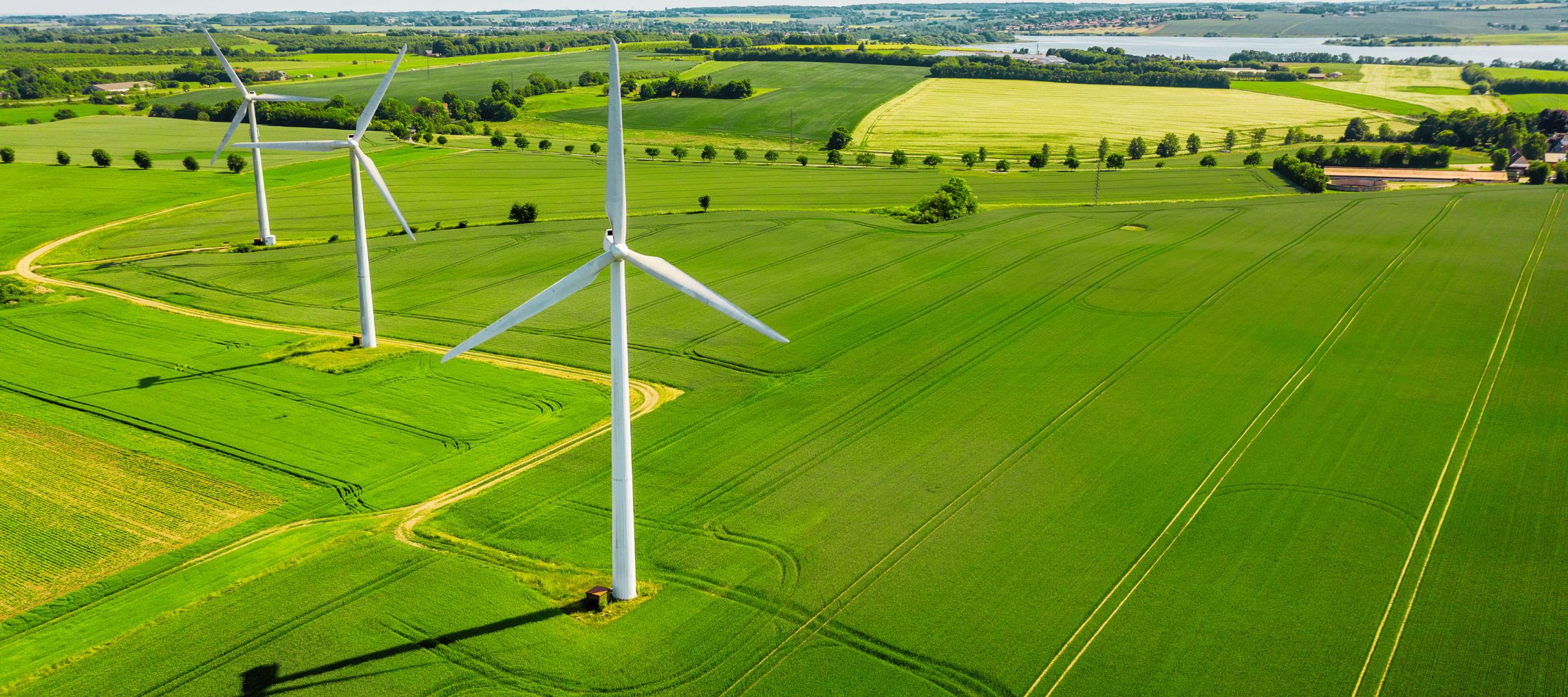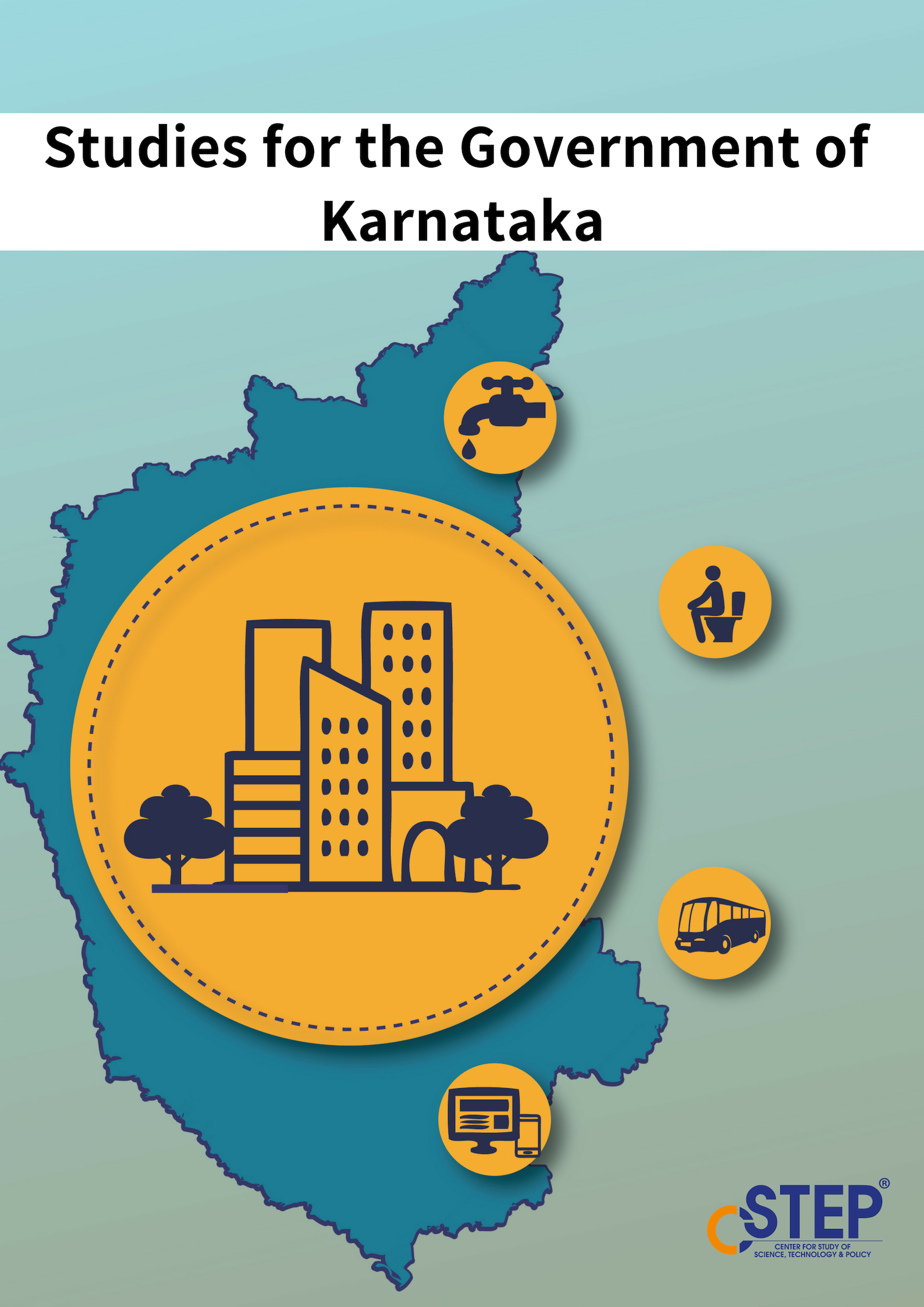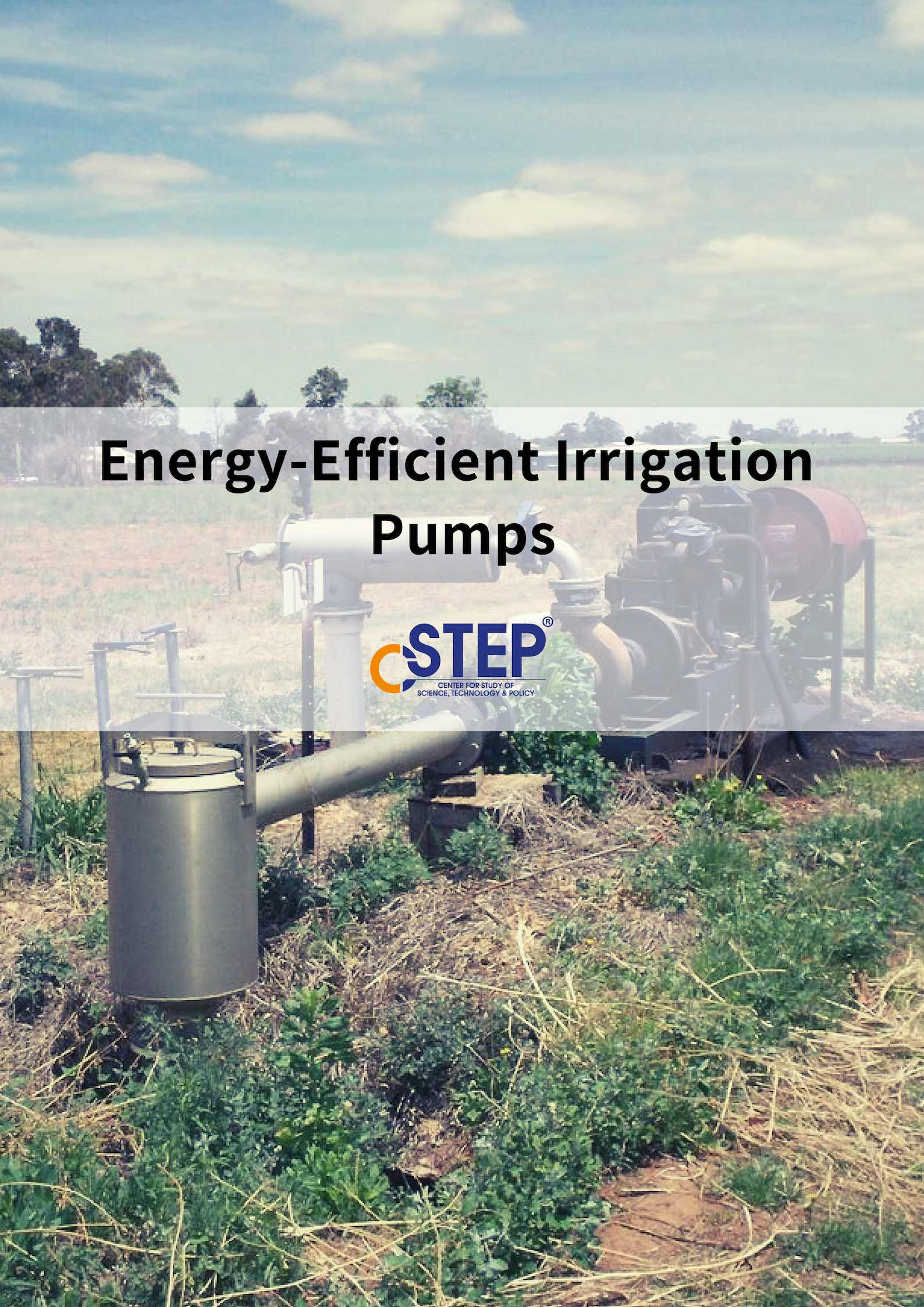Energy is a key factor in combating climate change, one of the biggest challenges the world is facing today. India has committed to cutting emissions to net zero by 2070 and set ambitious targets for adopting renewable energy. Achieving these targets requires careful planning and an overhaul of our current energy system.
Our work aims at enabling policies that encourage the adoption of rooftop solar, facilitate the development of technology for energy storage, strengthen the grid and transmission infrastructure, advance hydrogen technologies, and promote green mobility. CSTEP's research looks at the various aspects of mainstreaming renewable energy for a cleaner, greener energy sector.













Uttar Pradesh Solar Energy Policy 2022: Why ensuring successful execution is the key
With India’s commitment to achieving net zero by 2070, one of the milestones is attaining 500 GW capacity from non-fossil fuel-based sources by 2030. India has made significant progress in this regard, with installed renewable energy (RE) capacity reaching 120,900 MW as of 30 December 2022 (solar power: 63,302 MW; wind power: 41,930 MW). However, more than 300 GW needs to be added to achieve the target by 2030.
Energy transition: opportunities and challenges for the Indian power sector
The country has already made significant progress with installed renewable energy (RE) capacity reaching 114 GW as of 30 June 2022. This includes 41 GW of wind energy and 58 GW of solar energy. However, to get to 500 GW, India still has a long way to go. It needs to install more than 300 GW of RE capacity in the next 8 years. For this, a concerted effort from power sub-sectors (generation, transmission, and distribution) and a detailed analysis of the opportunities and challenges of each of them is required.
In this article, we touch upon transmission and distribution.
Energy Conservation Bill 2022: Implications and next steps
India has set ambitious climate targets as part of its Nationally Determined Contributions (NDCs) to tackle the climate crisis. These include short- and long-term measures such as reducing the emissions intensity by 45%, installing 500 GW of non-fossil fuel capacity, and achieving a net-zero economy by 2070.
An important step in this direction is the Energy Conservation (Amendment) Bill 2022, which was passed in the Rajya Sabha recently.
Is India ready for the switch to Green Hydrogen in passenger trains?
Ashwini Vaishnaw, the Minister of Railways, has announced that the country would have its first hydrogen-powered passenger train by December 2023. The train will run on the Sonipat–Jind route in Haryana, which is 89 km. The announcement has created a buzz among researchers in the country.
But are we ready for the switch to green hydrogen in our trains? Let’s assess the economic and technical feasibility of the switch from diesel to hydrogen in passenger trains.
Clean energy transition in India: Towards a brighter future
India is the third-largest energy producer in the world and one of the top energy consumers. To build a pathway to clean energy transition, the country has made remarkable strides by putting in place a number of measures that support renewable energy production and research.
The clean energy transition is a revolutionary idea, which should be ingrained in policy, planning, and implementation for the country to effectively achieve its energy goals.
Energy symbiosis for decarbonising India’s hard-to-abate sectors
At the recently concluded 27th Conference of the Parties to the United Nations Framework Convention on Climate Change (COP27), India submitted its long-term strategy to achieve zero emissions by 2070. A key feature of this strategy relates to increasing energy efficiency of industries and exploring decarbonisation options for hard-to-abate sectors, which draw roughly 50% of India’s natural gas, 25% of coal, and 20% of oil resources.
Solar – the road unexplored
India continues to champion solar power in its future plans of a 500 GW non-fossil fuel energy installation target for 2030. One major challenge is the procurement of suitable land free of socioecological constraints for renewable energy capacity. An innovative solution is the integration of solar PV systems either along the side of roads or above (highway solar) or directly on their surface (on-road solar). These approaches have the potential to be utilized on all national highways and expressways.
How Green Hydrogen Policy Can Lead to India's Energy Import Independence
India has set ambitious medium- and long-term renewable energy targets to counteract the adverse effects of climate change, one of them being the commitment to increase the share of its renewable power capacity to 50% by 2030.
To summarise, it will take more than a shiny day and a multitude of arrayed solar panels for India to be energy-independent without compromising on the quality of life.
Supporting the Implementation of PM KUSUM in Karnataka
The Center for Study of Science, Technology and Policy (CSTEP) and the International Institute for Sustainable Development (IISD) with support from Shakti Sustainable Energy Foundation organised a virtual closed-door round-table discussion on 8 December 2022 to support stakeholders in identifying challenges and the technical analysis needed for the smooth roll-out of the PM-KUSUM scheme in Karnataka.
Potential of India's Virtual Power Purchase Agreements
In line with last year’s commitment to achieving net zero by 2070, India, at its pavilion at the 27th session of the Conference of Parties or COP27 is talking about a climate-friendly, sustainable lifestyle. As renewable energy (RE) plays a huge role in cutting down GHG emissions, the country has already pledged to have 500 GW of non-fossil-fuel-based capacity by 2030.
